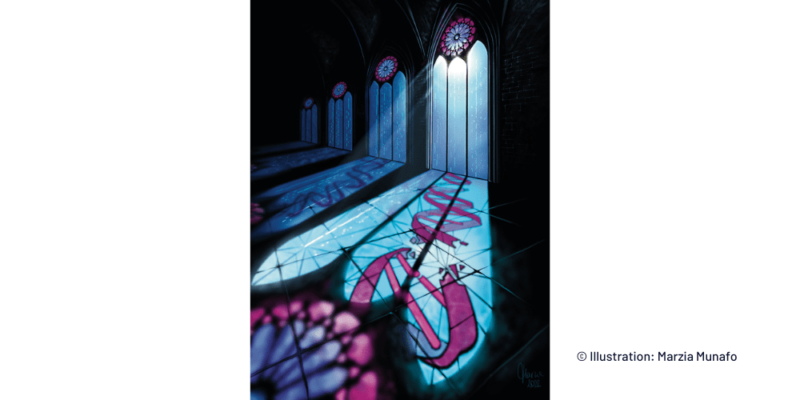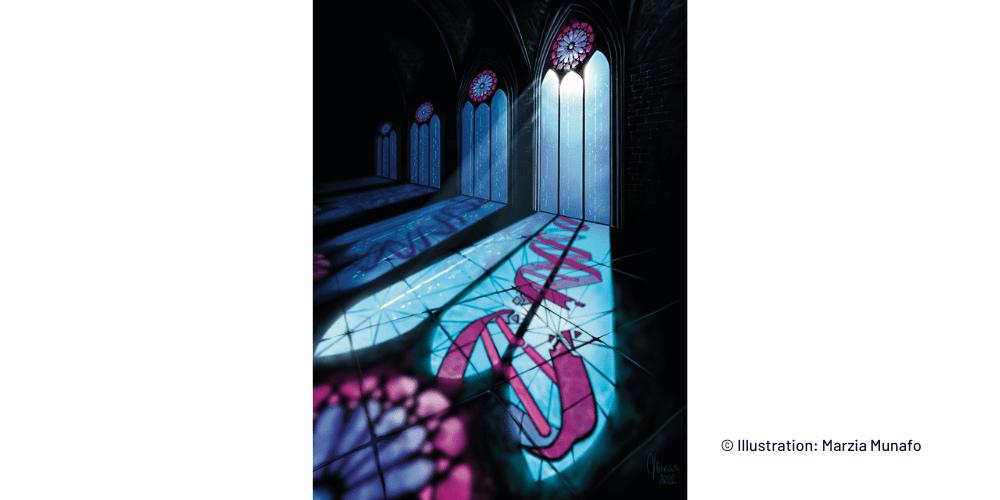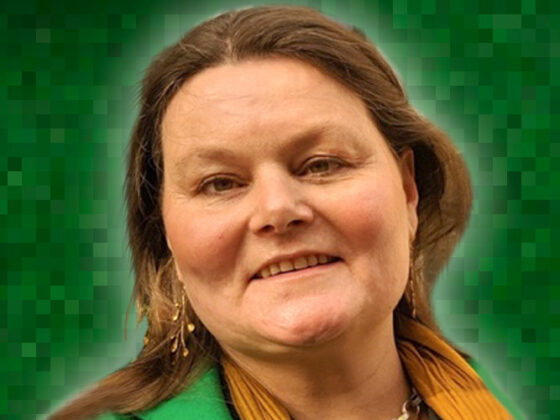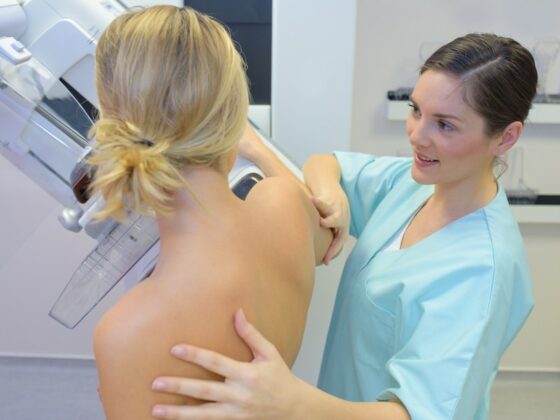A new framework has been developed for interpreting complex genetic change patterns seen in cancer chromosomal instability (CIN). The computational analysis study, published in Nature (online 15 June), identifies 17 separate ‘signatures’ across 33 cancer types that could eventually be used as companion diagnostics both for predicting drug response and to identify new targets in cancers that until now have evaded precision medicine.
“The big problem we’re addressing is that many cancer genomes are really messy. They’ve been hacked in pieces and set together again, with some parts multiplied 50 times and other parts missing altogether,” explains Florian Markowetz, a computational biologist at the Cancer Research UK Cambridge Institute, who led the study together with Geoff Macintyre, from the Spanish National Cancer Research Centre (CNIO), Madrid. “What we succeeded in doing for the first time is finding a way to decode this genomic chaos by figuring out underlying causes of the mutations. This framework is useful because it has the potential to help us find the right drug for individual patients.”
Currently, scientists use individual genetic changes to develop mutational signatures, which can be used to understand the origins of cancer, and to predict how a cancer progresses. However, there has not been a framework for interpreting the large, more complex patterns of genetic changes. “The traditional way of finding a biomarker is that you are looking for a single gene that’s mutated in many patients, but in these genomically unstable cancers this approach doesn’t work because the changes are all over the genome and very chaotic,” says Markowetz.
Chromosomal instability (CIN), where segments of DNA can get duplicated, deleted or re-arranged, is a common feature of cancer, occurring in around 80% of tumours. The other 20% only involve single nucleotide polymorphisms or variants involving changes in a single base in the genome. Because of the diversity of the causes and consequences, CIN is generally used as an umbrella term, with measures of CIN dividing tumours into broad categories of ‘high’ or ‘low’ CIN. As a result, there has been no systematic framework to comprehensively characterise diversity of CIN pan-cancer.
“When you look at the cancers that have made little progress in the last 20 years (e.g. pancreatic, ovarian and oesophageal) they’ve particularly high levels of CIN. The reason for the scarce progress is that these cancers are such a genomic mess that researchers struggled to bring any order into the chaos. Understanding and treating CIN we see as central to improving outcomes for millions of cancer patients worldwide,” says Markowetz.
In the study, the team from the University of Cambridge, UK, and the National Cancer Research Centre, Madrid, Spain, investigated patterns of chromosomal instability across 7,880 tumours representing 33 types of cancer in data freely available from The Cancer Genome Atlas (TCGA). Results showed that 6,335 of the 7,880 samples (80%) had detectable CIN and were suitable for pan-cancer detection of copy number signature.
Then they used the mathematical method ‘non-negative matrix factorisation’ on 43 different types of genomic changes measured in each tumour (including segment size, change point, copy number aberrations per 10MB, CNA’s per arm and length of oscillating chains). The process revealed 17 separate mutational signatures (each with a characteristic combination of the mutations), which they went on to name CX1 to CX17. Pan-cancer prevalence ranged from 80% for CX1 to 16% for CX17.
To ensure these signatures were more than just mathematical patterns in genomes, further work was undertaken to tie them to biological causes. Defective genes and pathways were linked to signatures by testing for significantly higher signature activity in patients with mutated and differentially expressed genes, and exploring the literature. Altogether, the team were able to identify biological causes for 12 of the 17 mutational signatures. “Deriving signatures is comparatively easy, the really hard part is understanding whether they are meaningful and reflect the underlying biology. We’ve spent years addressing that question,” says Markowetz.
An example of biological causes identified in this way were CX2, CX3, and CX5, which were all found to be associated with impaired homologous recombination (IHR). Using these markers the team were able to predict that, if CX3 activity was greater than CX2 activity, patients were likely to respond to platinum-based chemotherapy. By reviewing the outcomes of patients who gave samples to the TCGA they were able to confirm that patients prescribed platinum-based chemotherapy lived longer if they had higher CX3 activity. “By developing the IHR signatures into a companion diagnostic assay, platinum-based therapies could potentially be administered in a more targeted manner, allowing resistant patients to avoid their toxic side effects, and healthcare systems to reduce the cost burden of ineffectual treatments,” write the authors.
Using data from the Broad Institute of MIT and Harvard, the authors explored which drugs work best on different mutational signature in cell lines. “If the signature was very highly correlated with a particular drug it would mean that the signature would be a good biomarker for the drug. This could be a breakthrough, because we currently have very few biomarkers in highly unstable tumours,” says Markowetz.
Another possibility offered by the mutational signature approach is to find new targets for focusing the drug discovery efforts. “Knowing all the different causes of genetic instability allows us to get a handle on which would provide good drug targets,” says Markowetz.
The team have recently started enrolling patients in a trial led by James Brenton, also from the Cancer Research UK Cambridge Institute, looking to see whether signatures of chromosomal instability can be used to predict whether ovarian cancer patients can be treated effectively with doxorubicin.
To utilise their mutational signatures approach, the authors have set up a spin-out company, Tailor Bio, which aims to build a new pan-cancer precision medicine platform and develop new drugs against some of the most deadly cancers. “We believe that our approach ultimately has potential to be used on readouts across all the genomic companies including Genomics England. It offers the possibility to provide information beyond single base variants,” says Markowetz.












